Feature 18 min read
Are EVs truly green?
Wading into a topic that always generates healthy debate, our technical correspondent, Rob Marshall, adds fresh research to the evolving topic about EV's true green credentials.
If you’ve seen our Facebook comments you’d have noticed that people tend to be very pro EV, or very anti EV – certainly the ones voicing their opinion anyway!
One thing that is certain is that there is a huge amount of misinformation in the public domain. We’ve all seen the meme of the EV car plugged into a coal station with the driver’s thought bubble saying “I feel so clean”, and the counters that followed.
And then there is the meme of the fracking site with a small wisp of smoke extending from a lone chimney in the middle of a green forest, compared to an ugly and huge supposed lithium mine (which turns out is actually a copper mine).
There have already been a number of studies comparing the emissions of an EV and ICE from manufacture and through its life on the road. These generally show that even with a 100 per cent coal powered grid EVs are marginally cleaner, and when powered by renewables they are considerably greener. What seems less clear is what happens at end of vehicle life (ELV) and more specifically the recycling of the batteries.
We decided to try and find out what the reality really is and asked our technical correspondent Rob Marshall to investigate a ‘cradle to grave’ piece for Discover EV focusing on ELV.
What came back didn’t initially sit with us very well. Rob’s initial findings were far from a shining beacon of renewability and green potential. Instead he found it very difficult to get any answers from manufacturers and ELV companies and in some cases considerable push back.
The pro EV among us might struggle with the fact it’s not all good news and we’ve got a long way to go, but things are happening. The investment in EV is truly eye-watering and the haters would do well to remember that the internal combustion engine powertrain has had decades of dedicated development, and that EVs, certainly in everyday public use is only just at the very beginning.
Over to Rob…
Setting out the stall
This article is written with a number of presumptions. We will focus on the present day, predominately in the United Kingdom. We also presume that climate change is caused by man-made carbon/carbon dioxide (CO2) and that reducing it has positive influences on our atmosphere. We will focus less on air pollution issues and the impact of poisoning the earth and water with chemicals, although these are important side issues.
We are not saying, however, that anybody who disagrees with these assertions is a 'troll' that should be ignored but we have elected not to debate topics that have been discussed in detail elsewhere. Instead, we shall contribute to the topic by adding fresh research. We hope that this feature will be challenged and bolstered by your feedback, as the topics of EVs and environmentalism continue to advance.
The implications of electricity generation
You might have read from several sources that new car CO2 emissions have increased and a factor is new car buyers choosing petrol over diesel. As a large proportion of lifetime carbon dioxide emissions are apportioned to pure EVs during manufacturing, the increase in EV production is also contributing to the spike. Interestingly, the SMMT and several industry and environmental academics told me that government and media efforts to dissuade diesel car sales are being counterproductive, because diesel cars are needed, at least in the short term, to help offset some of the reported CO2 increases.
As no CO2 is emitted from a pure EV directly, a fair argument has focused on the fuel that produces the electricity to power the car, plus the losses encountered with transporting electricity over wide distances. It is forgotten by many combustion engine proponents however that around 20 per cent of energy that is released by the fuel on a typical petrol car drives the wheels. The rest is wasted mainly as heat. This compares with 60 per cent of grid energy used to move an EV.
Several years ago (thus no longer archived), a British television advert that claimed the previous-generation Renault ZOE possessed 'Zero Emissions' was brought to the attention of the Advertising Standards Authority (ASA), which ruled in favour of Renault, because stated new car CO2 emissions for fossil fuel cars do not consider the mining, refining and transport of the liquid fuel. Therefore, why should EVs consider electricity production and transportation issues in a fair comparison?
As a result, the real-world emissions of an EV are linked closely to the means of power generation and this is relevant not only when recharging the batteries but also on where the car is built. Should an EV factory be situated in a country that relies very heavily on fossil fuels, such as Germany and China, as examples, the CO2 impact of the EVs produced will be much higher compared to countries that use more renewables in their energy mix. Therefore, news has to be welcomed that electricity from zero-carbon sources in the UK (which includes nuclear, incidentally) overtook that produced from fossil fuel for the first time since the Industrial Revolution earlier this year. Just prior to her tearful departure as PM over the summer, Theresa May committed the UK to be the first net zero-carbon economy by 2050, which could signal to the rest of the world that manufacturing in the UK will help reduce EV's carbon dioxide burden, contrasted with them being made elsewhere. This presumes that the target can be met without fudging the figures – only time will tell.
Just like oil for combustion engines, EVs are linked inextricably with electricity generation methods and this poses further questions not about what the motorcar is now as a means of transport but also what we want and need it to be in the future. As their high voltage batteries could be repurposed as storage devices for the electricity network, it is possible that EVs could play a vital role in transforming the energy industry's focus away from production and more into management – although this might contradict the wants/needs of a fully-autonomous car. Even so, should EVs be able to contribute to the storage of renewable energy, the CO2 implication of EV production will be less relevant.
Batteries – coming clean
The high-voltage (HV) battery pack attracts the most attention from manufacturers, car customers and critics, not only because of the need to eliminate range anxiety and worries over their lifespan (which are not entirely justified) but also manufacturing issues. Ultimately, expensive elements are mined from the ground in order to make these HV batteries and the location of these mines is not always in the most stable of countries. Copper, manganese, nickel and cobalt might constitute 25per cent of a typical battery pack's mass but they equate to 85per cent of its worth. Unlike laptop, or mobile phone batteries, a typical EV battery contains only 1-2 per cent lithium, which is relatively abundant and inexpensive as a raw material, meaning that extracting it during the recycling process is not cost effective.
Cobalt attracts special attention, not only because of its extremely volatile raw material price but also the questionable human rights issues, associated with its mining. For both reasons, car manufacturers and their suppliers have focussed on decreasing cobalt content and developments are moving fast. Very early EV batteries had cathodes comprising of around 33 per cent cobalt, the latest technologies have reduced this to around 5 per cent. While more ethically-operated cobalt pits have opened, such as in Australia, and certification schemes have been mooted to ensure that the source of the raw material can be traced, battery development aims to include chemistries that do not contain any cobalt whatsoever.
End of Life considerations
Reducing the amount of precious metals within a high voltage battery to lower manufacturing costs has the undesirable result of reducing the value of the item, making recycling less worthwhile. The relatively low-value lithium, for example, is infused into the anode, cathode and electrolyte components, making it difficult, more expensive and less worthwhile to separate from the more valuable elements; around 70 per cent of it is lost during the most common recycling process (smelting), anyway.
Despite a number of repurposing schemes being introduced that reuse depleted HV batteries for energy storage, the problem about what to do with dead batteries will grow. The global stockpile is expected to exceed 3.4 million by 2025 and an industry insider told us that industry storage of redundant HV batteries is occurring already, although I understand that some of these stocks are being used for research purposes as well. Unlike conventional flooded 12 volt lead acid batteries, used on most conventional cars on Britain's roads, which are around 98 per cent recyclable, several of our industry contacts revealed that they have found many EV batteries are made, almost deliberately, difficult to take apart. This includes the cells being bonded with adhesives, potted, or welded together, thus increasing recycling challenges and costs. Aside from very valid safety considerations, making batteries hard for professionals to dismantle may also be due to car manufacturers (and their suppliers) protecting their Intellectual Property. It has been reported in the trade press that the exact chemical proposition and composition of batteries tends to be held closely to manufacturers' chests and the information tends not to be made available, even to the recycler.
Considering that End of Life Vehicle (ELV) considerations are so important to the whole cradle-to-grave environmental credentials of EVs, we became curious about why reports from car manufacturers tend to contain considerable environmental detail covering EV manufacturing and use but relatively scant information about the end-of-life (ELV) and recycling processes. This may be down to history. From a British perspective, to comply with the EU End of Life Vehicle Directive in 2000, vehicle producers/importers were made responsible for the environmentally-sound disposal of their cars. In the UK, this was outsourced to two networks, CarTakeBack and Autogreen, which not only ensure the compliance of EU-set recovery and recycling targets (currently at 95 per cent by weight) but also submit evidence of compliance either to their car manufacturer/importer clients, or to DEFRA on their behalf.
We posed general car recycling questions to both of these networks, which included queries about which car brands they represent, through to which materials cannot be recycled and what happens to them (such as plastics, foam and glass, which EVs share with other cars) and requested any information about the energy used in the recycling process. We were surprised at the responses. CarTakeBack refused to answer any questions whatsoever and, when we requested a right-to-reply to our conclusion that the organisation is unaware of the full environmental implications of its ELV-related activities in the UK, the company said: "We don’t wish to dedicate hours of our time writing an article for you. If you send another threatening or libellous email, our legal team will be instructed. Given your approach, it’s likely you will receive a similar response from vehicle manufacturers and DEFRA, and we have advised all our contacts of our reasons for not engaging with you. Good luck with your article, and there’s no need to send us any further correspondence on the subject."
We put the same questions to Autogreen, which also neither answered the questions, nor provided any facts, but the company was more helpful and provided us with additional contacts. Despite being grateful for this, we queried if it was not unreasonable to expect a professional network that acts on behalf of UK new car importers/manufacturers to know specifically which type of scrap car waste cannot be recycled and what happens to it. It is also interesting to note that, the most recent available data shows the ELV recycling industry as a whole in the UK missed the EU-set recycling and recovery targets of 95 per cent for scrap cars for the second consecutive year. Yet, the SMMT told me that, “all vehicle manufacturers have been meeting the required recycling and recovery rates set out in the legislation since their implementation since the ELV regulation came into force". No evidence was provided to support this statement, however.
Even so, Howard Bluck, technical director of the British Metals Recycling Association (BMRA) has admitted "a further future challenge for the motor car recycling sector will be the shift from conventionally fuelled to hybrid electric to fully electric vehicles."
Chas Ambrose of the Vehicle Recyclers' Association confirmed that high voltage batteries from EVs and hybrids are seldom encountered during the depollution process at the moment and, where they are, they tend to be in good enough condition to be resold and reused as a spare part. He confirmed that, where the battery pack is unserviceable, or damaged, it is the responsibility of the car manufacturer to collect and arrange the recycling, because of the EU-originating producer responsibility legislation (EU Batteries Directive). Yet, the ELV industry is realising that a growing number of high voltage batteries will be encountered in the future and moves are being introduced in the industry to help vehicle dismantlers understand the dangers involved.
With no success of enticing answers from their recycling partners, we posed the same questions to several UK car manufacturers/importers. A spokesperson for Ford of Britain told us on the telephone that our original queries were not unreasonable, emailed us a copy of the Ford Motor Company's sustainability report and invited us to send our questions to the company's UK ELV Manager, who ended-up not responding. All that the press office would do is send a statement that confirmed the company's legal responsibility and that it produces "vehicles that can be recycled in accordance with the ELV directive".
After hearing positive rumours about BMW's work with recycling high voltage batteries, we posed the same questions to BMW Group UK but requested extra details about its EV End of Life activities. Sadly, BMW (UK) Limited confirmed that it was unable to supply any further information beyond that received from its ELV contractor (Autogreen), i.e. no facts, aside from emphasising its compliance with the End of Life Vehicles Directive.
Using several contacts within the industry, we spoke with the UK importers of three other car brands confidentially, to establish if we could speak directly with the person responsible that deals with the manufacturer's British End of Life Vehicle responsibilities, including checking/forwarding any recovery/recycling data to DEFRA, where applicable. In all of those cases, the relevant person(s) could not be located by their colleagues.
More smoke and mirrors
To find out if any manufacturer had conducted its own recycling research that compared electric vehicles with conventional combustion engined cars, we sought further advice. As we heard that Japanese manufacturers, in particular, were doing great things with repurposing and recycling EV batteries, we approached Nissan Motor (GB) Limited, because Nissan is the larger seller of EVs in Europe, but the company did not respond to our questions. Yet, Toyota GB, engaged with open arms.
It stated confidently that, for the recovery process of the HV batteries, Toyota is the only OEM going beyond the legal obligations, by collecting them from each possible source in the relevant EU country, instead of accepting just the legal take-back obligation. By setting-up a deposit system for the batteries that are replaced, its recovery rate exceeds 90 per cent. The company also revealed that its recycling processes pass the EU legal threshold of the 50 per cent recycling rate per battery. Yet, this highlights a problem with high voltage battery recycling. The high-voltage battery itself falls under different legislation that allows a far lower recycling rate of 50 per cent, compared to the recovery/recycling 95 per cent figure for the rest of the car.
Toyota also supplied evidence of a European shredder trial that involved 165 plug-in hybrid (PHEV) cars. The study concludes that the recycling ratio of PHEVs is, in reality, no different from conventional vehicles. However, closer inspection revealed that the high voltage batteries were removed, prior to the car being shredded. While not illegal, this hardly makes the comparison transparent. We asked Toyota for its response about this and were told that the HV batteries,
"were then treated in an approved facility in accordance with the appropriate legislation and achieved the requirements under that legislation".
The legislation, incidentally, refers to the lower 50 per cent recycling rate but Toyota told us that it "has evidence that the recycling rate achieved by our partner is higher than that demanded by current legislation and we are confident it is in fact much higher than the 50 per cent legal requirement".
When we requested come clarity and more accurate figures to back-up Toyota's claims, no further answers were provided, because "the information is confidential".
We are also aware of manufacturers making claims that the cradle-to-grave carbon footprint of EVs is better than those of the corresponding vehicles with internal combustion engines. The Volkswagen Group stated this in April 2019, although the company based its calculation on potential reductions from an in-house pilot EV battery recycling plant that was not yet operational, which draws the whole claim into question. When I asked Volkswagen in Germany what it is doing about EV battery recycling today (not tomorrow) our email was acknowledged but no further responses were forthcoming, despite sending follow-up requests for information.
UK turning negatives into positives
Our findings are worrying. Why are car manufacturers/importers being so evasive on such fundamental environmental questions, when certain industry insiders tell us that great things are occurring, but can’t reveal anything more? Why are the car makers so reluctant to point-out the work they are doing in relation to battery recycling? Are their PR and marketing departments unable to deal with questions more complex than a car's colour/monthly payments, or is it that they do not wish to admit publicly to inconvenient truths? Whatever the reasons, vehicle manufacturers and their importers need to be more open and honest about how they are addressing EV environmental challenges at the scrapping stage. It is possible that they are playing 'catch-up' for not wishing to be involved directly with their scrap vehicles in the past. This is being realised in North America, with Volkswagen admitting that handling EV recycling itself will have to be a priority for both cost and environmental reasons.
As there is no HV battery recycling facility in the UK currently, they will require transportation to Europe (or beyond) for recycling. Amrit Chandan, a chemical engineer leading business development at Aceleron, based in Birmingham, West Midlands, admits that the lack of recycling infrastructure is “a tragedy”. Therefore, keeping batteries in-use for as long as possible bolsters EV's green credentials. Yet, we can be upbeat, because the UK appears to be leading the way with this research.
Innovate UK, via the Faraday Battery Challenge, has provided funding for the VALUABLE project that aims to create a cost-effective EV battery replacement market, by repairing old batteries to a standard that meets, or exceeds that of a brand-new one. This is especially valuable, because most HV batteries that cannot power an EV any longer still have 70 per cent of their original capacity remaining. As the processes used in HV battery recycling are both costly and wasteful, the repairs make sense from both a cost and a financial perspective. However Chandan admits that both recycling and remanufacturing is restricted by HV battery construction and he calls for legislation to not only ensure that new battery construction methods are more sympathetic to the recycling and remanufacturing processes (such as limiting the use of structural adhesives) but he also agrees that makers need to be more transparent, such as providing data on the materials used in their batteries. This, he argues, can be done without sacrificing any ‘secret recipes'.
EV scrapping considerations are also being developed. The Faraday Institution's ReLib project seeks to grow automotive HV battery recycling from the minimum legal 50 per cent to as close to 100 per cent as possible. You can read more about the Faraday Institution’s other innovations here. Additionally, the CALIBRE project, involves a host of other companies, including Autocraft Drivetrain Solutions, Benchmark Mineral Intelligence, Nissan and WMG at the University of Warwick, who are working on establishing a UK-based supply chain for ELV batteries. We hope to cover more details about the positive work that these organisations are doing in the future.
While there are real-world challenges to EV end-of-life which cast doubt on their true environmental credentials, they are not being ignored. While the motor manufacturers seem to be rather less than frank, work is ongoing behind the scenes and we understand that we are on the cusp of some break-through developments in the arena of EV battery recycling. Naturally, we will provide unique insights on the latest exciting developments in the near future.

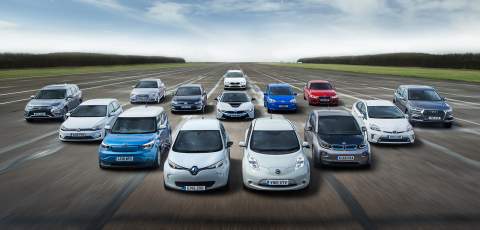
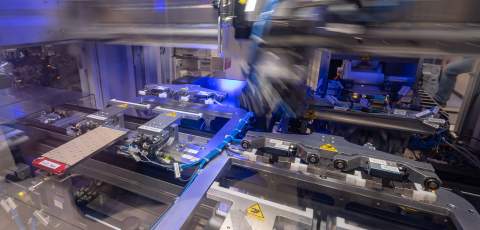 BMW looks to Australia for ethical EV battery materials
BMW looks to Australia for ethical EV battery materials 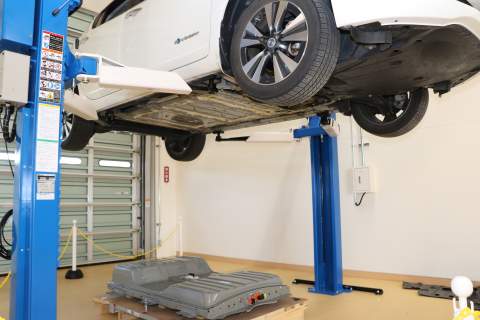 Nissan’s refabricated batteries may be used for multiple purposes, such as clean energy storage or as backup batteries in case of emergency
Nissan’s refabricated batteries may be used for multiple purposes, such as clean energy storage or as backup batteries in case of emergency _480px.jpg)

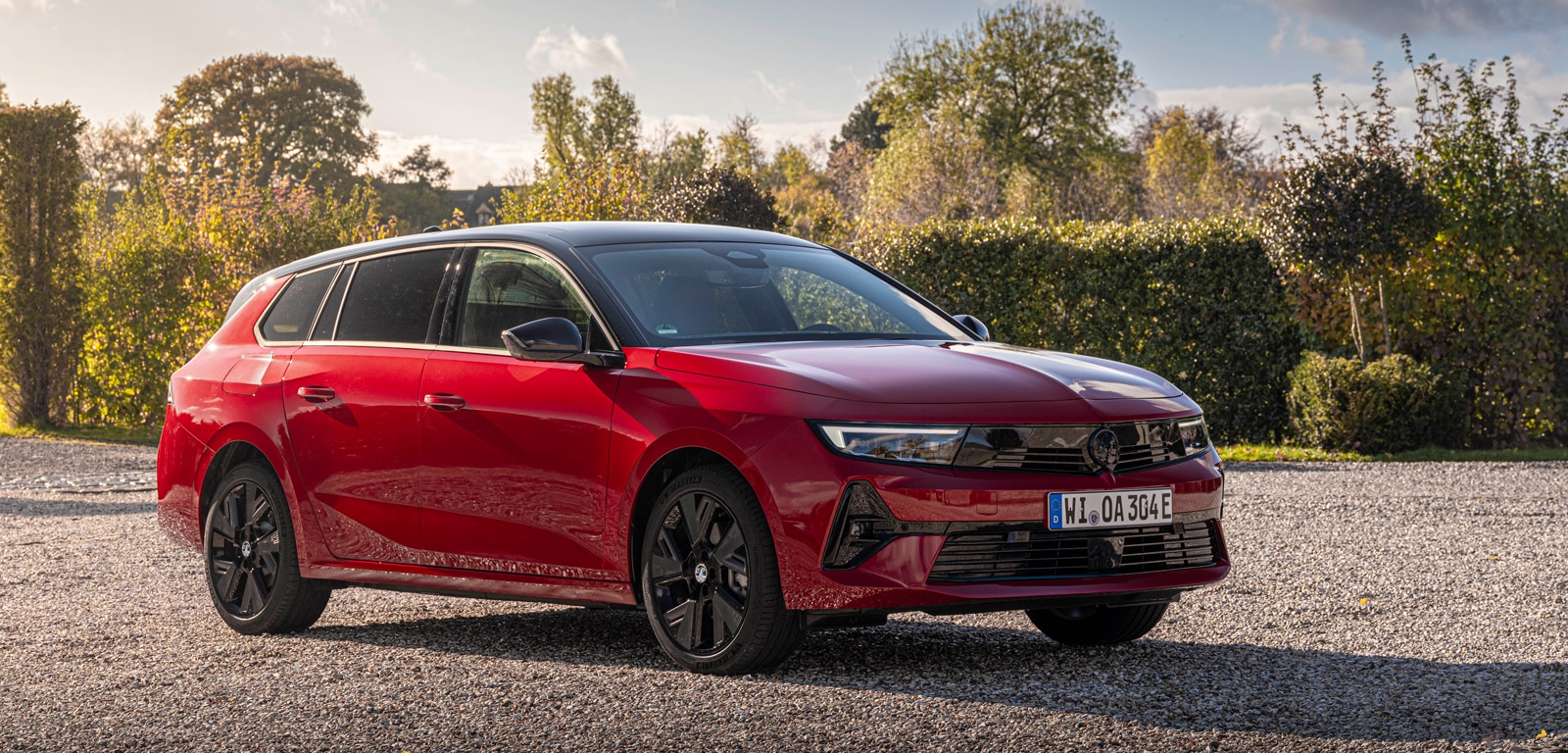
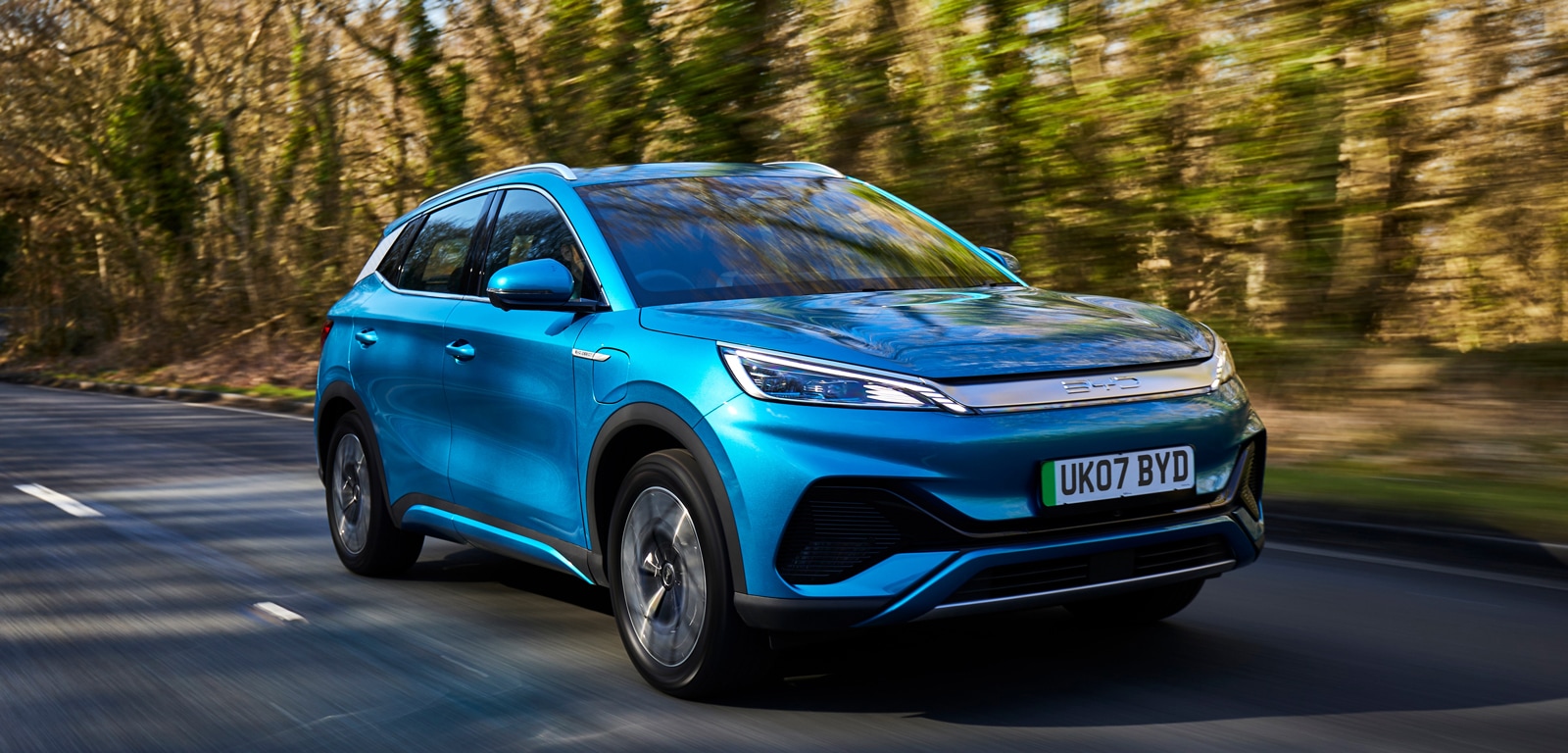
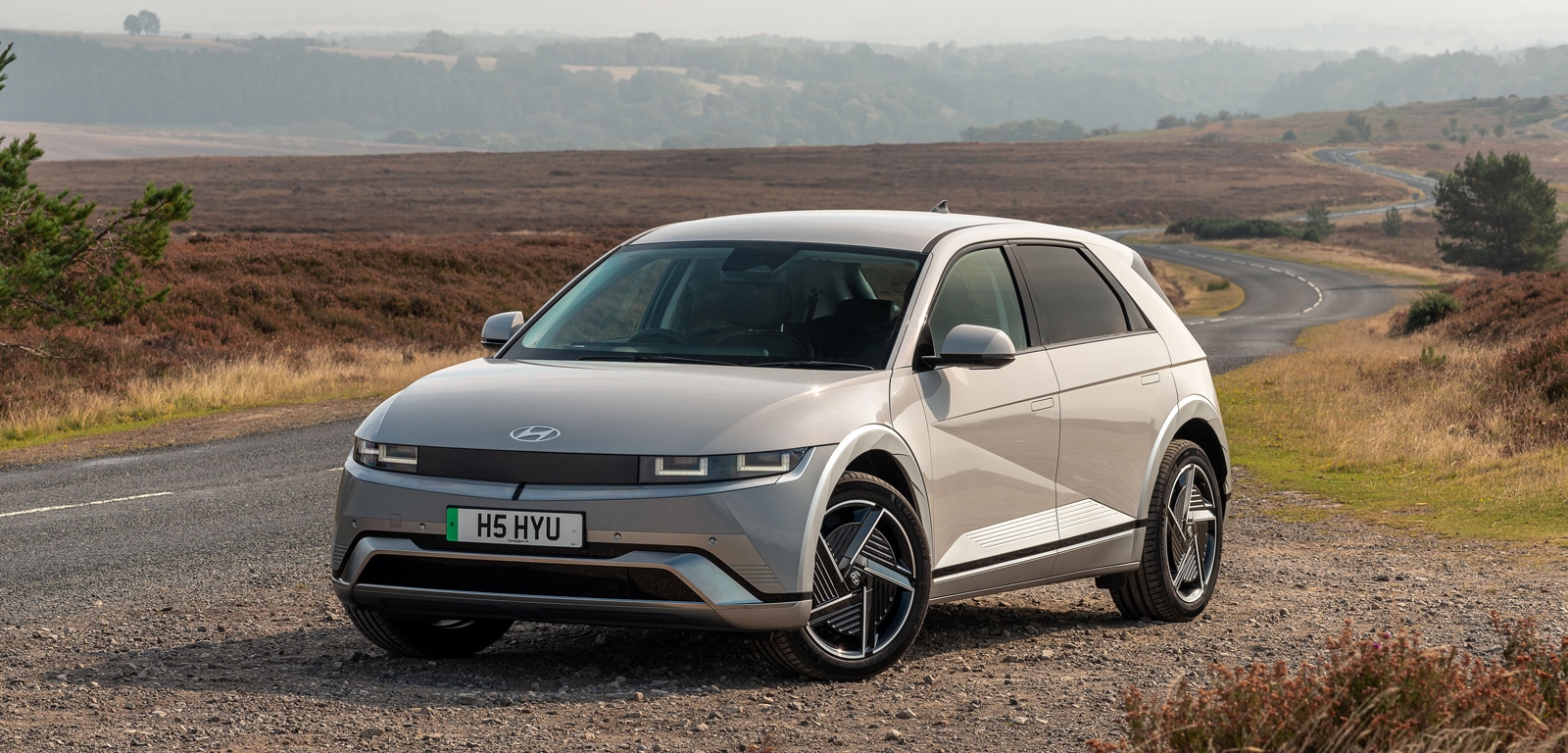
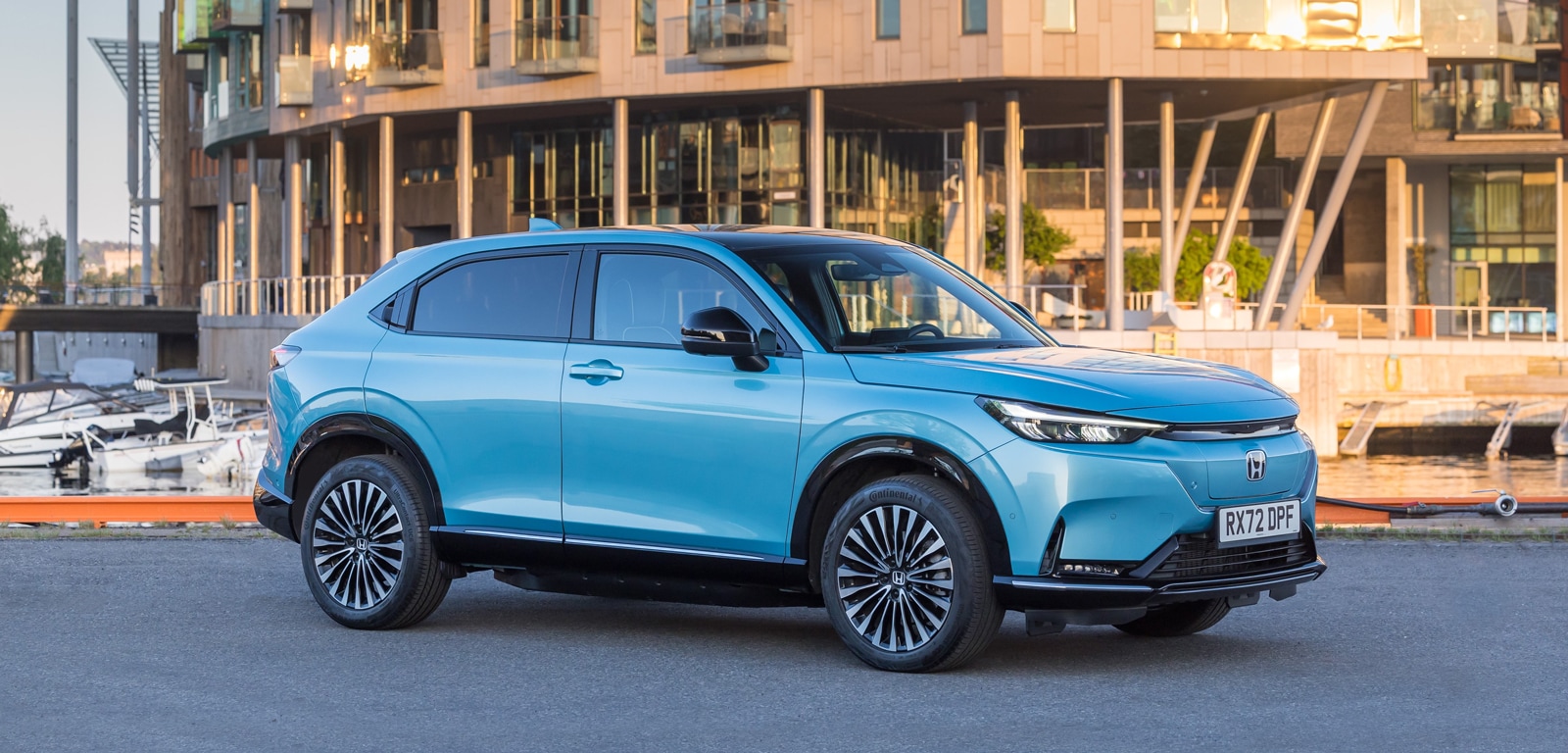
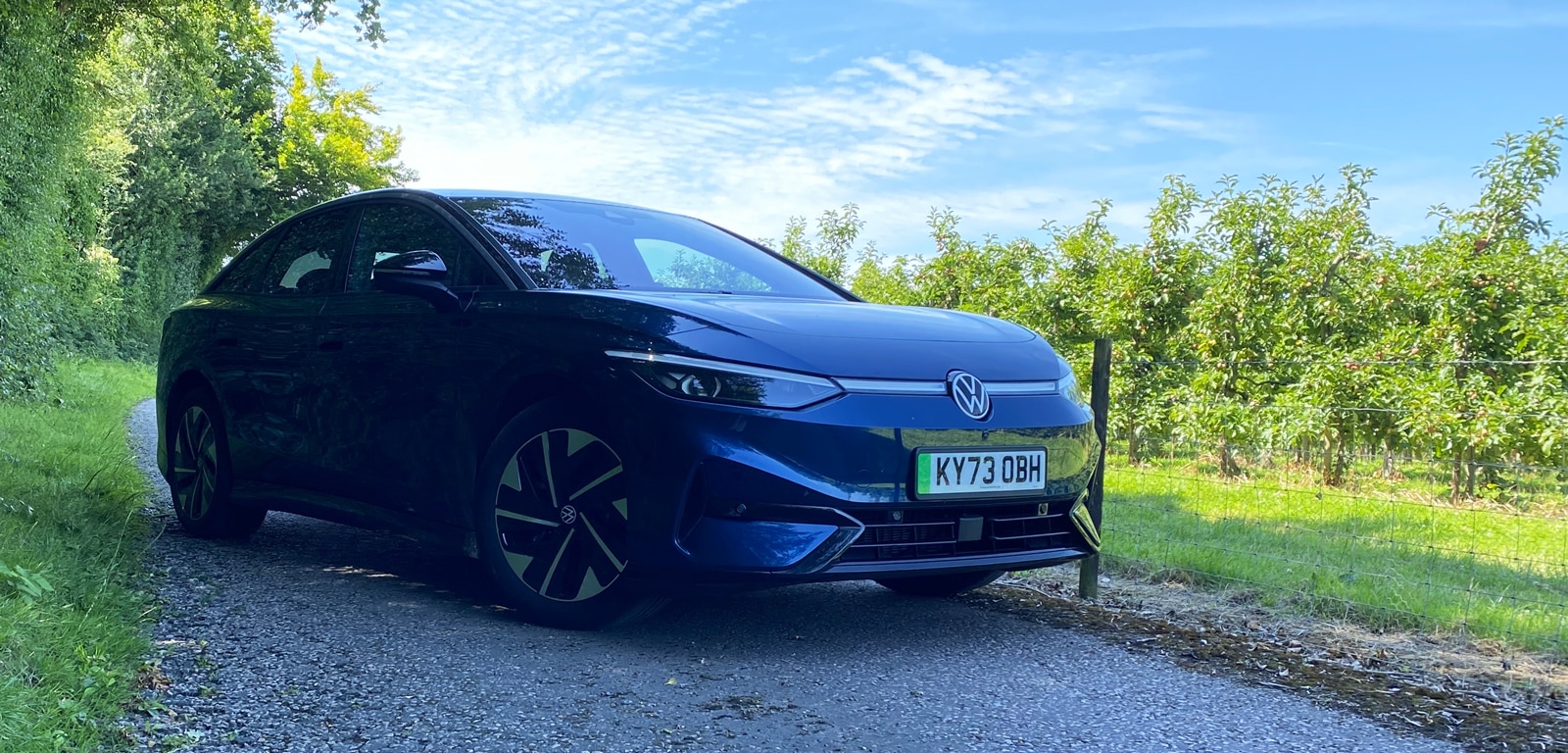


Comments (0)
Be the first to write a comment
Login/ Signup